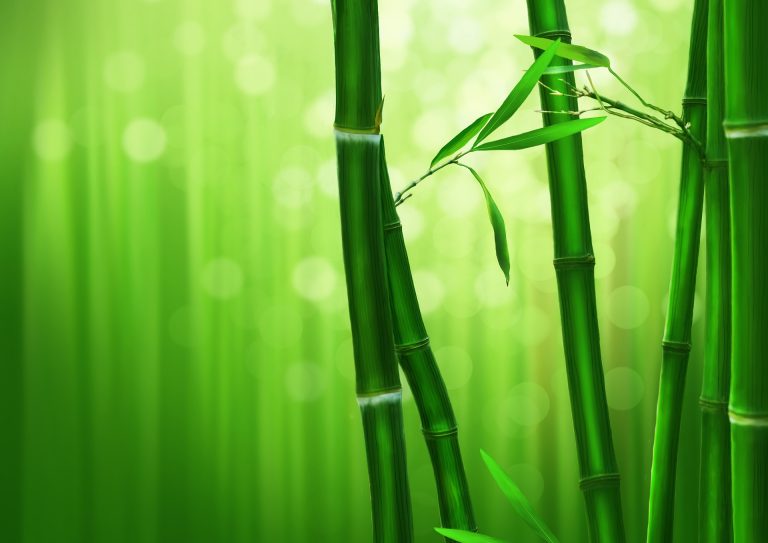Bamboo has been used in its native China for around 7,000 years. While China is still the leading producer, bamboo can be found in every corner of the globe, with international uses ranging from building materials to writing materials, food to footwear, and traditional medicine to modern decoration. Known for its remarkable strength and flexibility, this lightweight material is fast-growing and completely sustainable.
Promising properties of bamboo
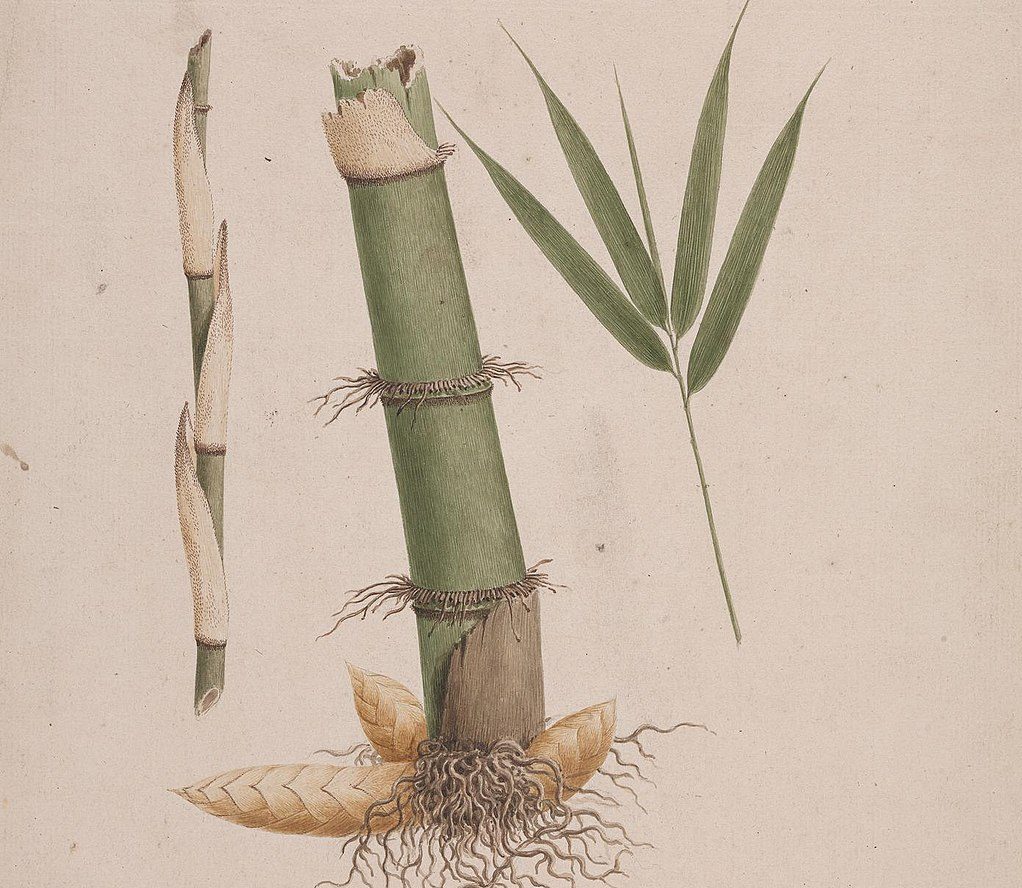
Bamboo canes are made up of hollow, cell-like segments that are strong enough to resist compression, making it an excellent building material that is light, inexpensive, and very sustainable. When exposed to extreme heat, the cells can pop, making a “bam bam” noise, which some suggest is the origin of the name bamboo, although the Chinese name is (竹 zhú).
While bamboo can be used in much the same way as tree timber, the plant is actually an evergreen grass — belonging to the family Poaceae. It is a hardy perennial that can grow in conditions where other plants might not, comes back after being cut, and spreads readily; making it an optimal choice for sustainability.
Thinner and lighter weight than other lumber, bamboo is actually tougher in comparison with many larger trees. Some varieties are said to be 21 percent stronger than steel. Bamboo’s extraordinary strength and flexibility enables it to withstand hurricanes and earthquakes, making it especially valuable for island dwellers.
Unlike hardwood from trees — which can take several decades to mature — bamboo grows really, really fast. Some grows at an incredible rate of 1 ½ inch per hour, and they all propagate readily by sending up new shoots from underground rhizomes. Depending on the species, bamboo can reach maturity in several months to several years.
Success
You are now signed up for our newsletter
Success
Check your email to complete sign up
Dendrocalamus giganteus, the world’s largest species of bamboo, can produce stalks (called culms) reaching 90 feet in height and nearly 12 inches in diameter.
Natural curing methods
Because of its high water content, bamboo must be dried, or “cured” to prevent rot, mold, or fungus from ruining the wood. The simplest and most cost effective method is air drying the cut culms (unstripped) for up to three months.
Another method — which helps prevent splitting — is to expose the culms to high heat. This quickly dries the wood while also bringing the plant’s natural oils and resins to the surface to act as a preservative.
There is also a two-step process which involves soaking the bamboo for several weeks, and piercing each cell to ensure saturation. This method leeches out all the starches that would feed insects or fungi, as well as evening out the moisture to prevent splitting in the next stage of drying.
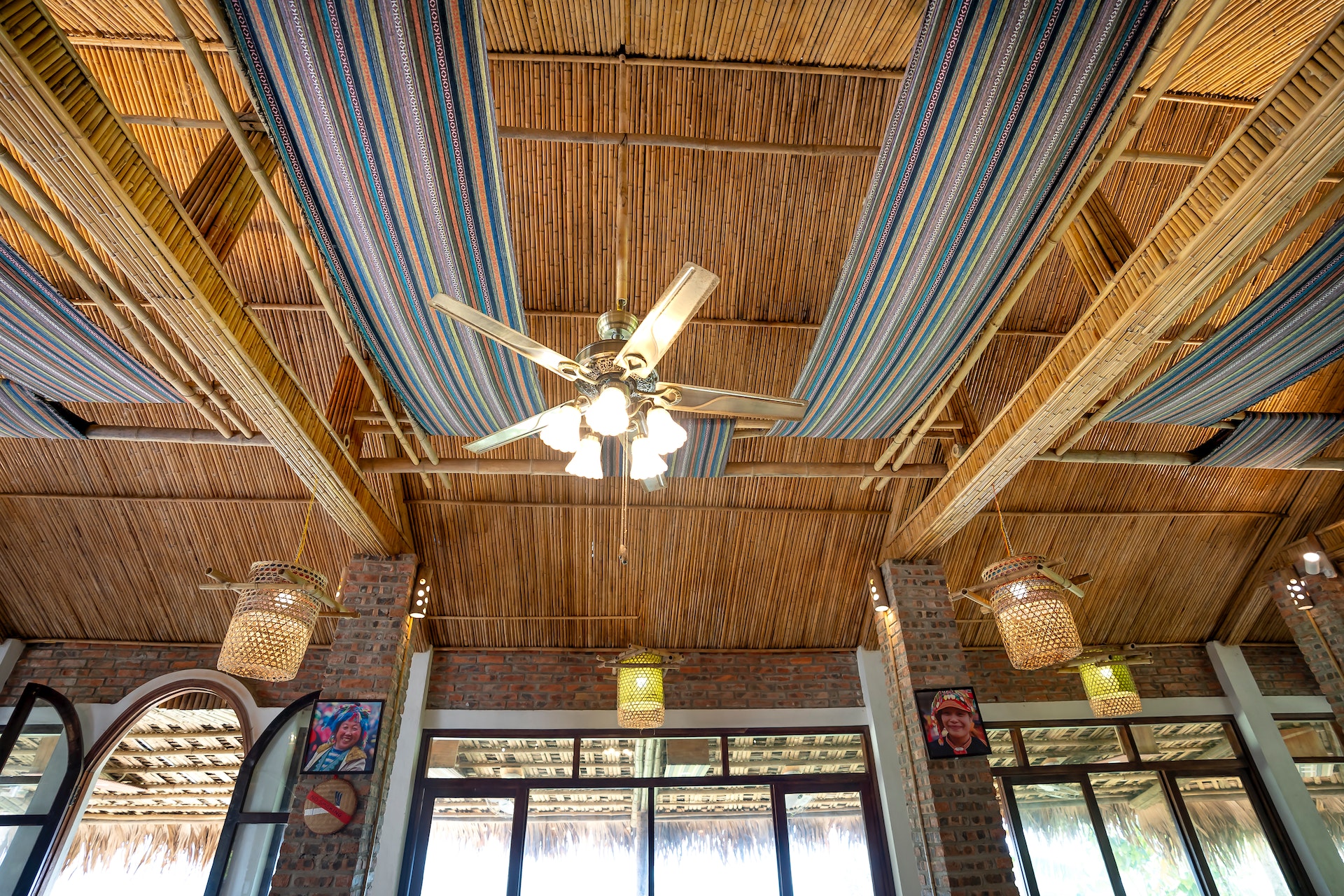
Architectural use
The thought of bamboo architecture might conjure up images of small thatch-roofed huts, but it is not uncommon in Asia to find multi-story structures — and even skyscrapers — made of bamboo. Walls, roofs, scaffolding and floors can all be made from this giant grass.
Early bamboo applications featured whole canes, often bundled together for added strength. Later, split bamboo was woven together to form versatile, sturdy surfaces, and young canes were sometimes trained into useful shapes for use in crafts and architecture.
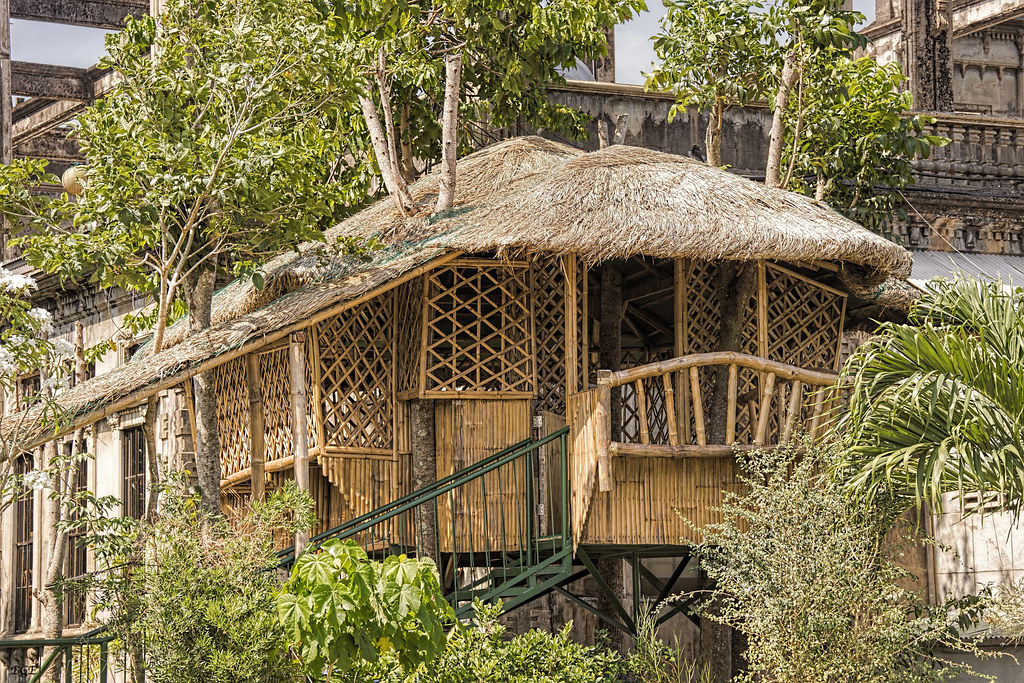
Bamboo’s first architectural use may have been in the form of treehouses, some 5,000 years ago. Zhang Zeduan (1085-1145), a painter from the Song dynasty, later documented the use of bamboo as scaffolding in a lively depiction of activities “Along the River During the Qingming Festival.”
Scaffolding
If tied properly, bamboo scaffolding can be stronger and more flexible than steel frames. It is also easy to restructure and cut up to move through tight spaces. Moreover, bamboo can be assembled without heavy machinery like cranes. All you need is a few skillful workers and nylon ties.

There are two types of bamboo used in scaffolding — kao jue (Bambusa Pervariabilis) and mao jue (Phyllostachys Pubescens). With its 75mm in diameter, mao jue is thicker and stronger, while Kao Jue is thinner with 40 millimeters in diameter. Said to be the fastest growing bamboo in the world, mao jue is used for platforms and other forms of horizontal support, while kao jue is often used to withstand substantial weight.
Flooring
Although many of us have only witnessed the emergence of bamboo flooring in the last few decades, records show that it was already in use in China during the Ming Dynasty (1368-1644 AD). More recent developments introduced a processed, laminated bamboo to the flooring industry, which mimics hardwood in appearance and texture at a fraction of the cost. Some manufacturers claim their products surpass many hardwoods in density.
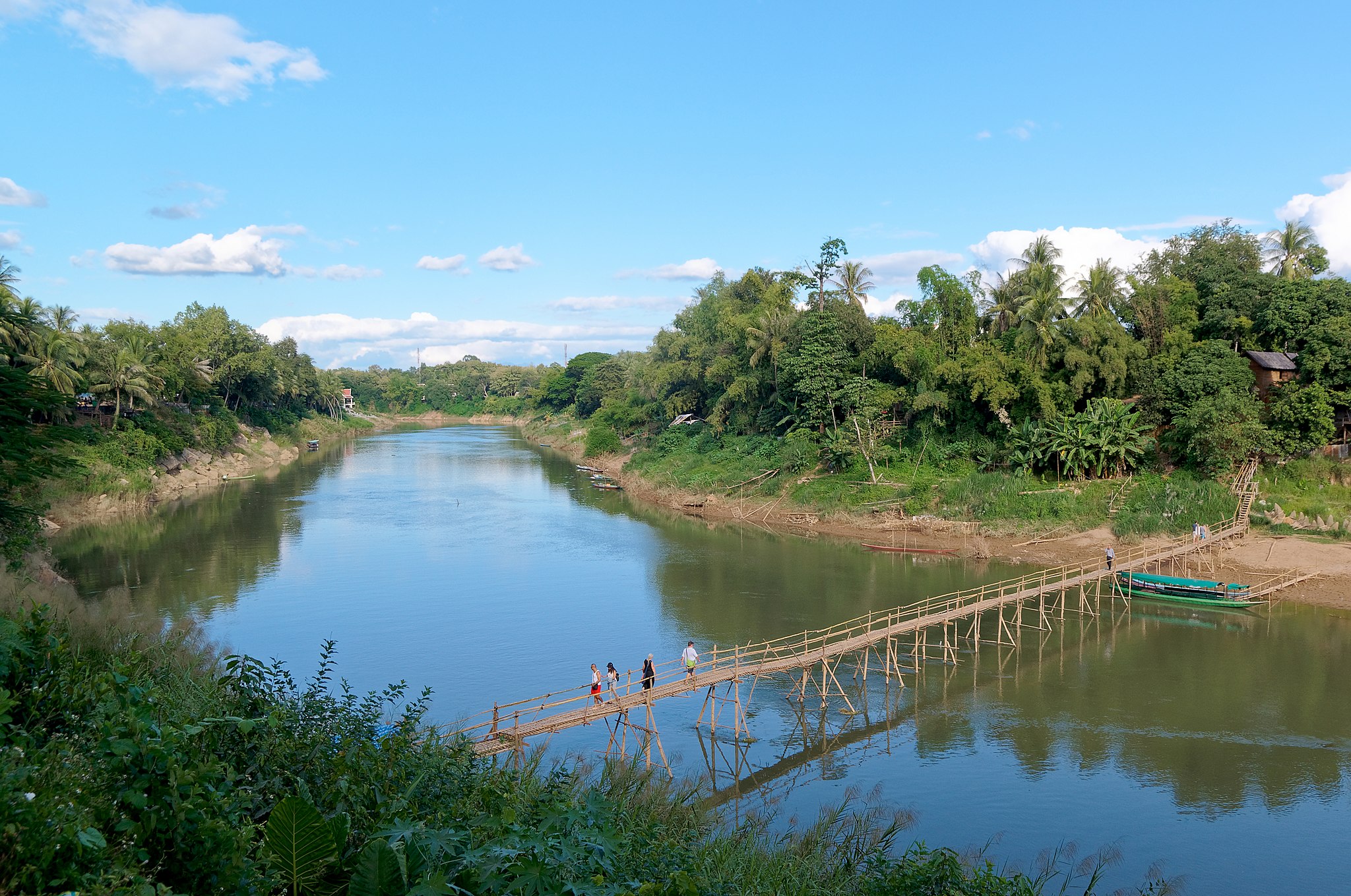
Aquatic applications of bamboo
Bamboo bridges are widely used in Asia to allow for pedestrian passage over wet and marshy areas.Two such bridges in Luang Prabang, Laos, span the Nam Khan River. At the start of the rainy season, these small bridges are dismantled and stored for reconstruction six months later.
In the Mae Hong Son region of Thailand, the Bamboo Bridge Pai spans 800 scenic meters over a lush rice paddy. Vietnam is the home of the world’s longest bamboo bridge — the Tra Su Bamboo Bridge, which stretches an impressive 10 km.
Bamboo has also been used for millennia and across many cultures to construct buoyant and water-resistant rafts and fishing boats.
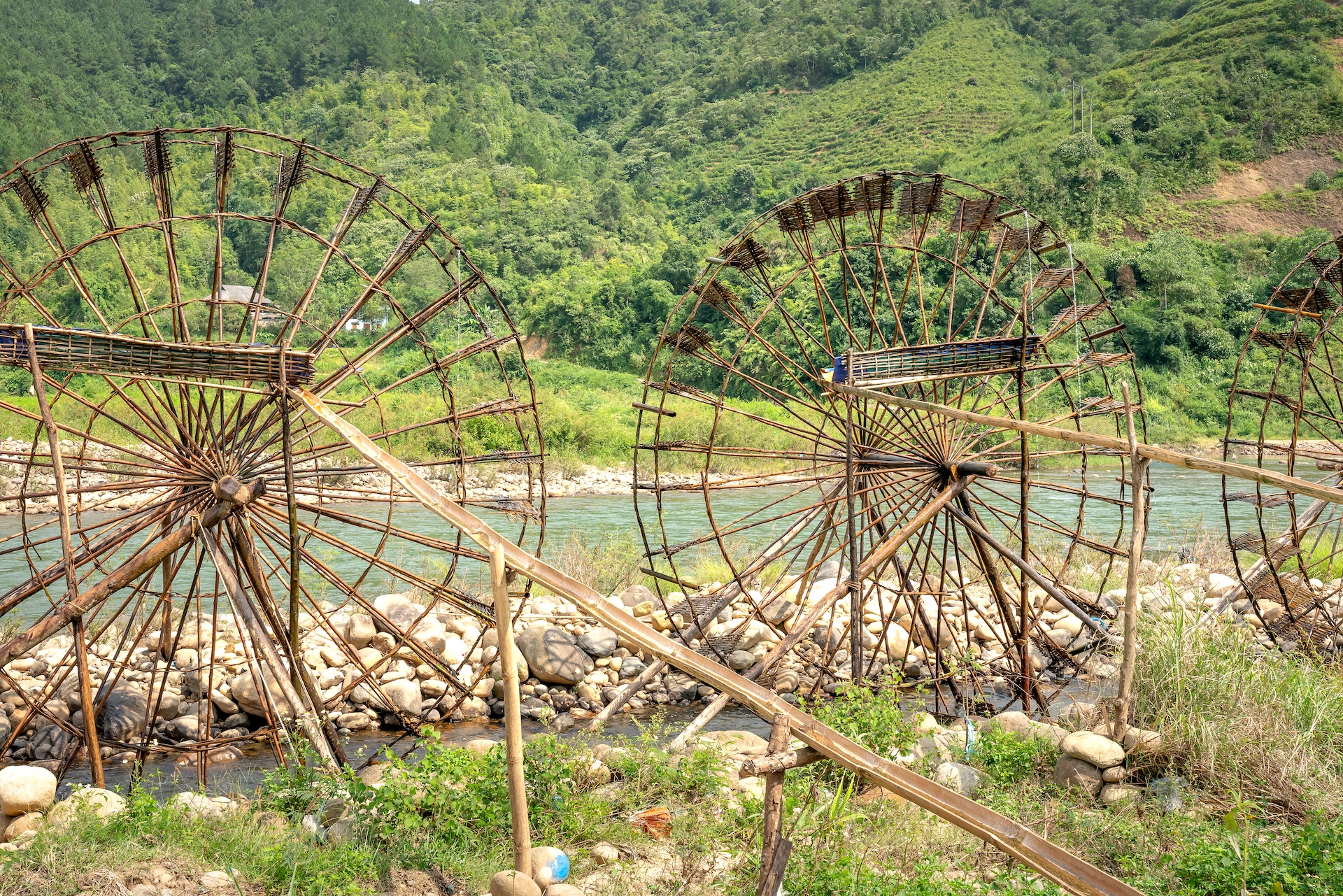
Modern day applications of bamboo
Aside from its architectural uses, in its most basic form, bamboo’s unique structure — a hollow tube divided by nodes — easily generates naturally water-tight vessels of various sizes, while the smaller canes are frequently used as garden stakes.
With its notable ecological benefits, an astounding variety of innovative bamboo products are appearing on the market. Soft and silky fabrics, absorbent toilet paper, all sorts of kitchen gadgets and utensils, furniture, floor mats, and many other household items can all be found in bamboo. In addition, personal care and beauty consumers can look for bamboo charcoal as a powerful detoxifying agent.
From musical instruments to brushes, paper, and hand tools, many artists are finding their implements in bamboo, while it also indiscriminately furnishes everything from golf tees, to yoga blocks and skate boards, showing remarkable sportsmanship.
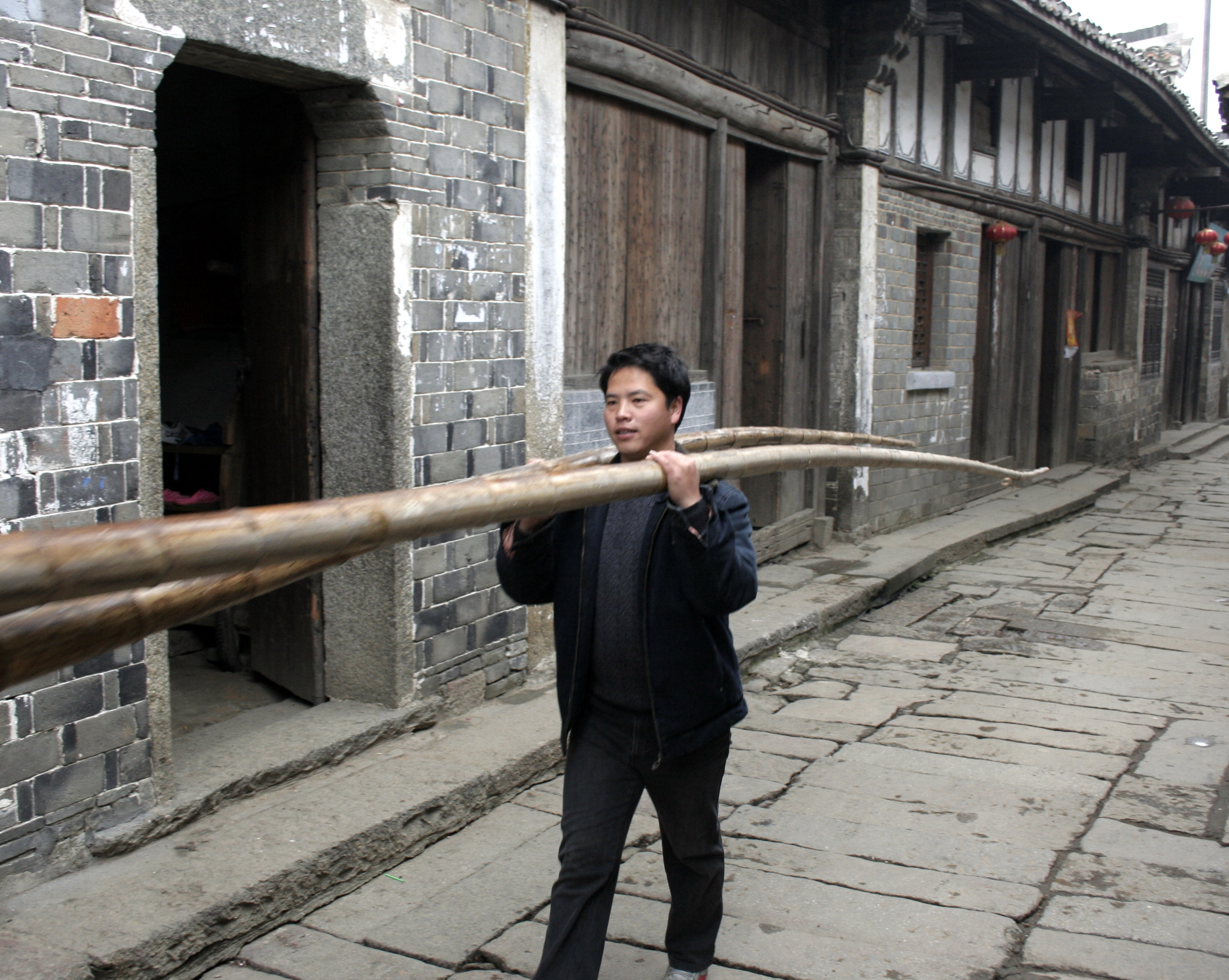
Don’t forget — you can eat it, too!
While at least 99 percent of a panda’s natural diet is raw bamboo, it is not safe for human consumption. To remove toxins, bamboo shoots must be cooked in salt water and then further soaked before using in recipes. When we buy them in a can, that process has already been completed and they need only be rinsed.

Mildly sweet and crunchy, bamboo is a source of many vitamins and minerals and may have some health benefits. In traditional Chinese medicine, the plant is used in the treatment of respiratory and digestive ailments, and is also believed to boost immunity.
While China grows the greatest quantity of bamboo — mainly in the southern provinces of Anhui, Fujian, Guangdong and Sichuan — bamboo can grow just about anywhere. Because it is fast-growing and easy-to-please, however, it can become invasive if planted irresponsibly. In all its simplistic beauty, bamboo is incredibly useful; but since most of us don’t have giant pandas to help keep it in check, please use care in cultivating this plant.
Darren Maung contributed to this report.



